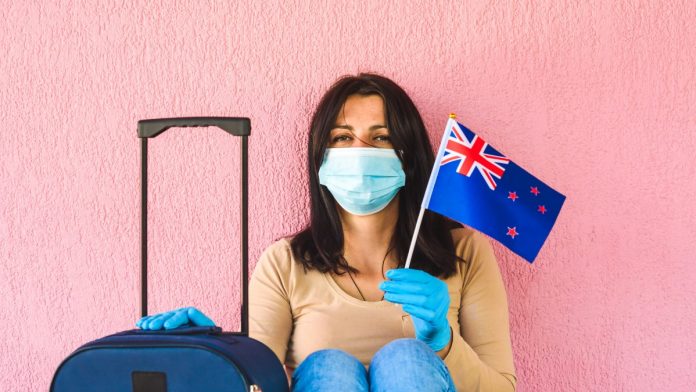Estimates suggest that 1,000 New Zealanders go overseas to Australia and Asia for treatment each year. But with probably the toughest approach of any country to COVID control, the New Zealand Government has ruled out opening its borders to international travel this year.
New Zealand plans to reopen borders for medical tourism and tourism in early 2022, meanwhile the country wants to vaccinate its entire population. The border will not open until all adults have had both doses.
The border reopening will be on a managed basis. The plan is for fully vaccinated travellers from low-risk countries to enter without having to quarantine.
Travellers entering from low-risk countries without full vaccination will have to quarantine for 14 days in a military-controlled hotel. Any traveller from medium-risk or high-risk countries would have to complete some form of mandatory quarantine regardless of their vaccination status.
New Zealand will only allow fully vaccinated visitors from its prospective low-risk list of countries to enter without any restrictions.
New Zealand has only had 26 deaths since the pandemic began. It will have been closed to the world for two years by the time it opens. Although the country briefly opened to Australian visitors, the country has ended the travel bubble because of Australia’s rising cases. In August, it triggered a national lockdown after a single Covid case was found in Auckland.
The government has no stated interest in promoting inbound medical tourism. It gets a few medical tourists from the nearby Pacific Islands.
New Zealand has limited medical facilities so it is common for locals to go to Australia for some treatment. For cosmetic surgery medical travellers go overseas both to save money and get treatment not available locally. The most common procedures for New Zealanders travelling to Australia or Asia are dentistry, heart surgery, hip and knee replacements, weight loss treatment, cancer treatment, and cosmetic surgery.








 ©2024 All rights reserved LaingBuisson
©2024 All rights reserved LaingBuisson 


